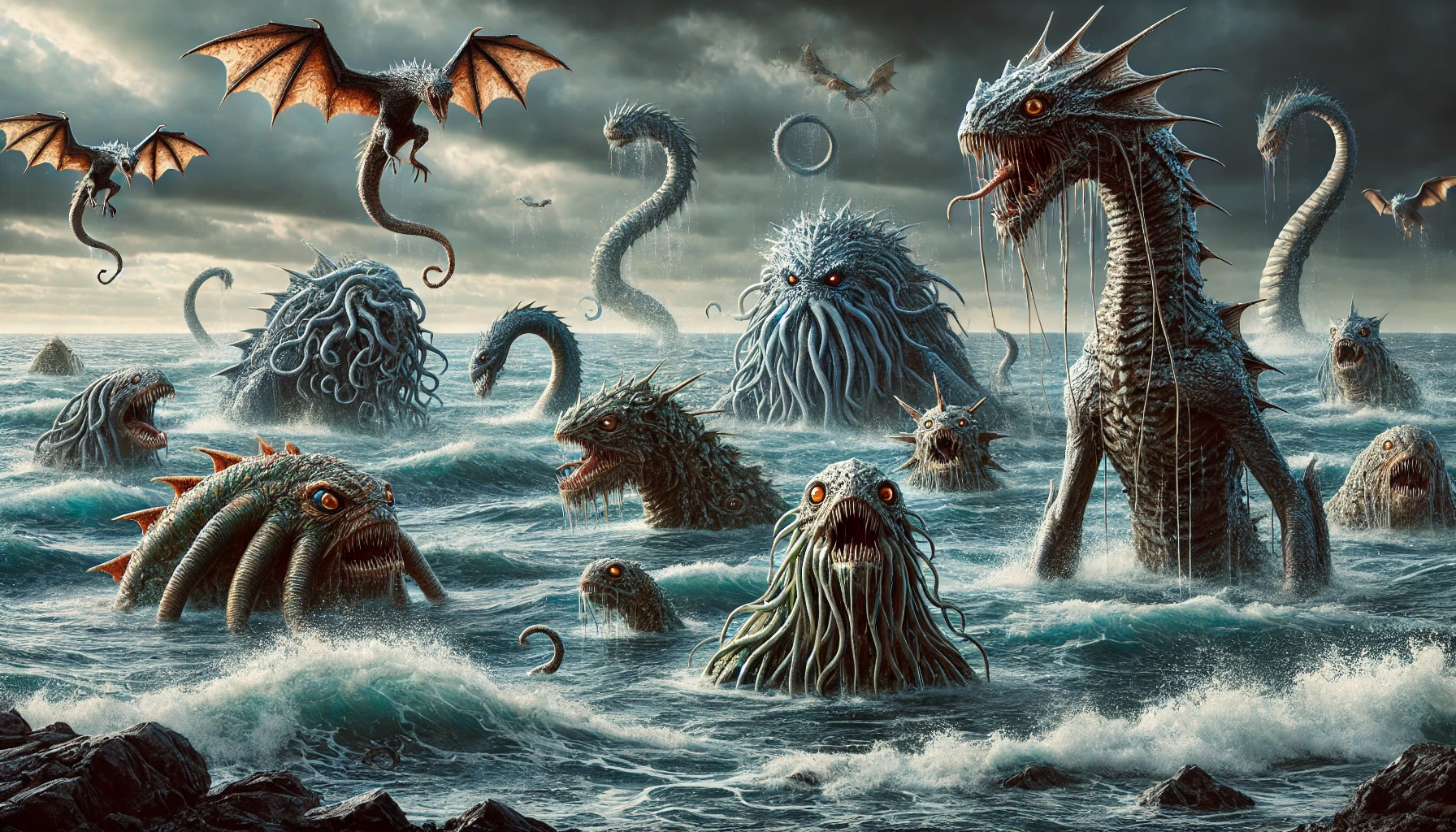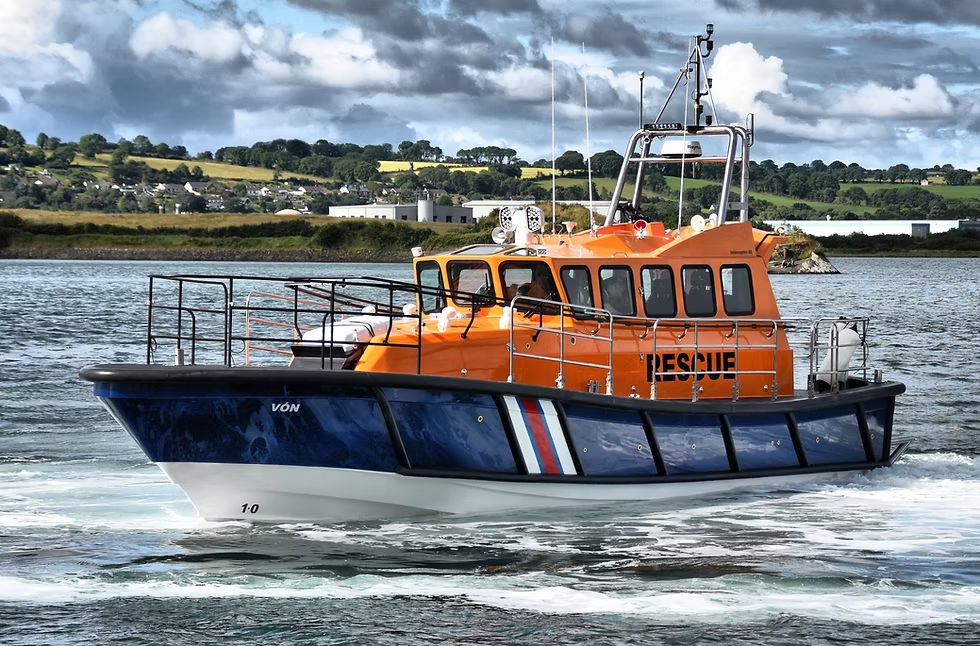Long Tail Turbo Boats Thailand: Exploring High-Speed River Navigation
In Thailand, the traditional long-tail boat is an iconic image, often seen gliding through the country's waterways with a grace that contradicts its powerful performance. These boats, distinguishable by their extended drive shafts that stretch far behind the stern, have been modernized with the introduction of turbocharged engines. This technological evolution has led to the rise of long-tail turbo boats, enhancing their speed and efficiency, and ultimately revolutionizing water transportation and sport in the region.
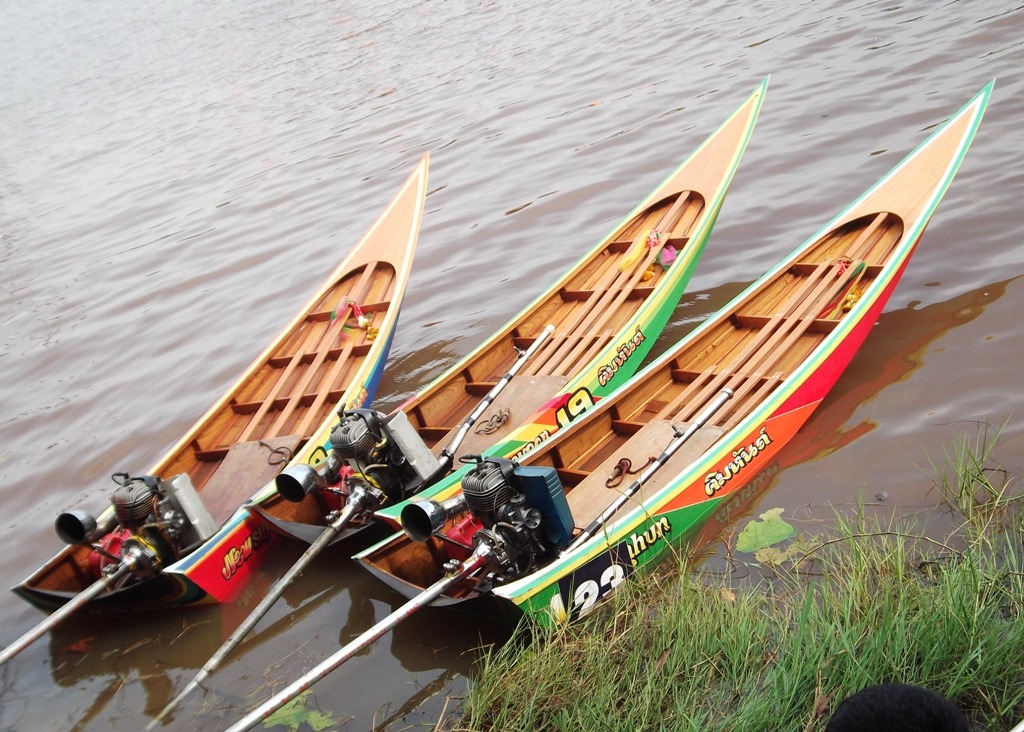
The addition of turbo engines to these vessels not only boosts speed but also impacts the design and engineering of long-tail boats. The combination of lightweight materials and state-of-the-art propulsion systems results in high-performance watercraft that excel in both competitive racing and everyday use. Beyond their technical prowess, long-tail turbo boats serve as a symbol of cultural pride, contributing to the local economy through tourism and fishing while posing new questions and challenges regarding their environmental impact.
Key Takeaways
- Long-tail turbo boats represent a modern take on a traditional Thai watercraft, boasting enhanced speed and performance.
- The integration of turbo technology has influenced design advancements and broadened the use of long-tail boats in Thailand.
- These boats hold cultural significance and have economic implications, while their operation and environmental sustainability are areas of ongoing consideration.
The Emergence of Long-Tail Turbo Boats in Thailand
The coastal and riverine landscapes of Thailand have long been dotted with the iconic silhouette of long-tail boats, a traditional craft integral to the nation's cultural heritage. The evolution of these boats has reached a new chapter with the integration of turbo technology, marking a significant point in the history of Thai maritime innovation.
Historical Development of Long-Tail Boats
Long-tail boats, or hang yao as they are known in Thai, have a storied history in Southeast Asia. Originating as simple canoes carved from single logs, these boats have been the backbone of Thai marine transportation and fishing for centuries. They are deeply interwoven into Thailand's cultural tapestry, serving not only practical purposes but also taking part in ceremonial functions. Traditional craft methods have been passed down through generations, with each boat being a reflection of the local craftsmanship and cultural identity.
Introduction of Turbo Technology
The introduction of turbo technology into these traditional vessels has propelled the modest hang yao into the modern era. Turbocharged engines have replaced the standard automobile engines that were typically retrofitted into these boats. These turbo-powered longtail boats have greatly increased horsepower and efficiency, reducing travel times and fuel consumption. This modernization, while preserving the integrity of the boat's design, has allowed the long-tail boat to maintain its relevance in contemporary Thailand, benefiting both the tourism industry and local communities reliant on these vessels for daily transport and livelihood.
Design and Engineering
The engineering and design intricacies of long-tail turbo boats in Thailand are a testament to both traditional practices and modern innovation. They incorporate cherished boat building techniques with contemporary propulsion systems to meet the unique demands of Thailand’s waterways.
Boat Structure and Materials
Long-tail boats incorporate a flat bottom design that allows them to navigate shallow waters with ease. Their structure is primarily crafted from wood or timber, sometimes using imported timber to ensure durability and lightness. This lightweight structure aids in agility and speed.
- Hull: Made typically of wood, the hull design is optimized for balance and stability in various water conditions.
- Materials: A mix of local and imported timbers are selected for their resistance to water rot and pests.
- Boat Building: Traditional boat building skills passed down through generations focus on handcrafted expertise.
Turbo Engines and Propulsion System
The boats are powered by turbo engines, often repurposed automotive or motorcycle engines, which drive a single prop at the end of a long shaft. Thai engineering shops have adapted these engines to withstand the marine environment.
- Engine: The use of turbocharged engines, typically lifted from motorcycles or small cars, provides an optimal power-to-weight ratio.
- Propulsion: A long metal shaft connects the engine to the prop, which sits several meters behind the boat, giving these vessels their name and distinctive appearance.
- Turbo: Integration of turbo technology contributes to a significant boost in power, giving these boats their swift capabilities.
Long-tail turbo boats are the result of an evolving propulsion technology that meets the demands of Thailand's diverse and challenging water systems, making them a quintessential part of local waterborne transportation and boat building culture.
Performance and Racing
In Thailand, the unique design of long-tail boats combined with turbo enhancements infuses traditional boat racing with high-octane performance. These boats are not just a means of transportation, but a symbol of speed, competition, and cultural significance where both skill and technology come into play.
Speed and Maneuverability
Long-tail boats are renowned for their impressive speed and agility, often exceeding speeds of 100 mph. The incorporation of turbos has significantly increased their torque, making rapid acceleration a key feature. The design of the prop shaft and trim system allows for quick adjustments, which is crucial for maneuvering through Thailand's shallow waters at high speeds.
Long-Tail Boat Racing Culture
The culture of long-tail boat racing in Thailand is deeply ingrained, with events that not only showcase boat performance but also community spirit and local pride. Competitions are fierce, and victory in these races brings not only substantial prize money but also elevated status. Racing teams invest heavily in turbos and nitro enhancements to edge out the competition, making each race a thrilling display of technical prowess and piloting skill.
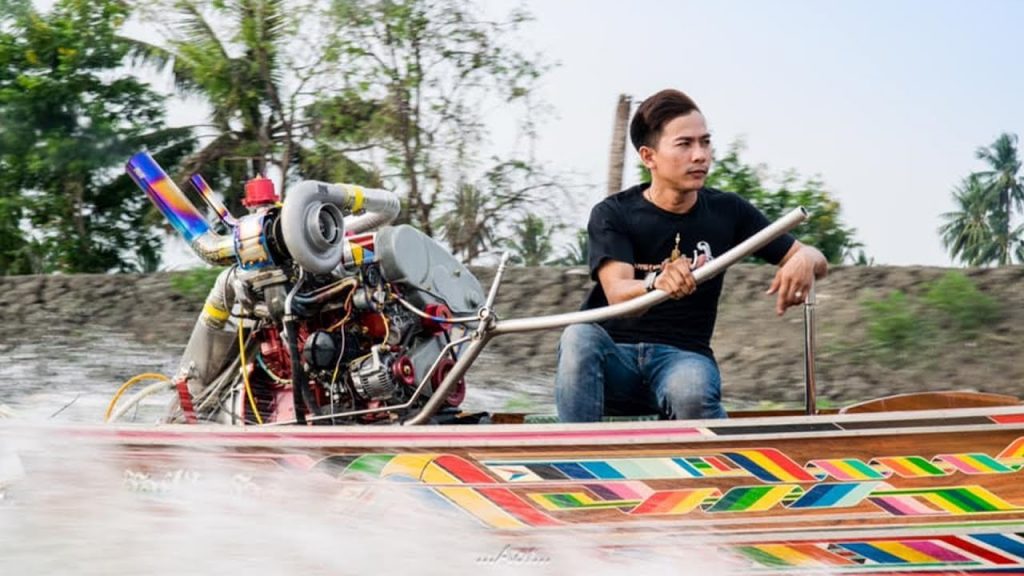
Cultural and Economic Impact
The long-tail boats of Thailand create a distinct blend of cultural symbolism and are a linchpin in the economic vitality of the country, influencing both tourism and trade sectors significantly.
Long-Tail Boats in Thai Culture
Known locally as ruea hang yao, the long-tail boat is a traditional watercraft that has become synonymous with Thai culture. Adorned with vibrant colors and often featuring intricate designs, these boats are a living emblem of the nation’s connection to its waterways. They are essential in daily life, particularly for island hopping and fishing activities, reflecting the ingenuity and adaptability of the Thai people.
Tourism and Trade
Tourism greatly benefits from these picturesque boats, as visitors flock to experience island hopping around remote islands, sightseeing in coastal regions, and to witness iconic places like the ones made famous by the James Bond franchise. Economically, long-tail boats are vital in supporting local trade, offering transport of goods and services along Thailand's vast network of waterways, which contributes to the country's economic pulse.
Safety and Operation
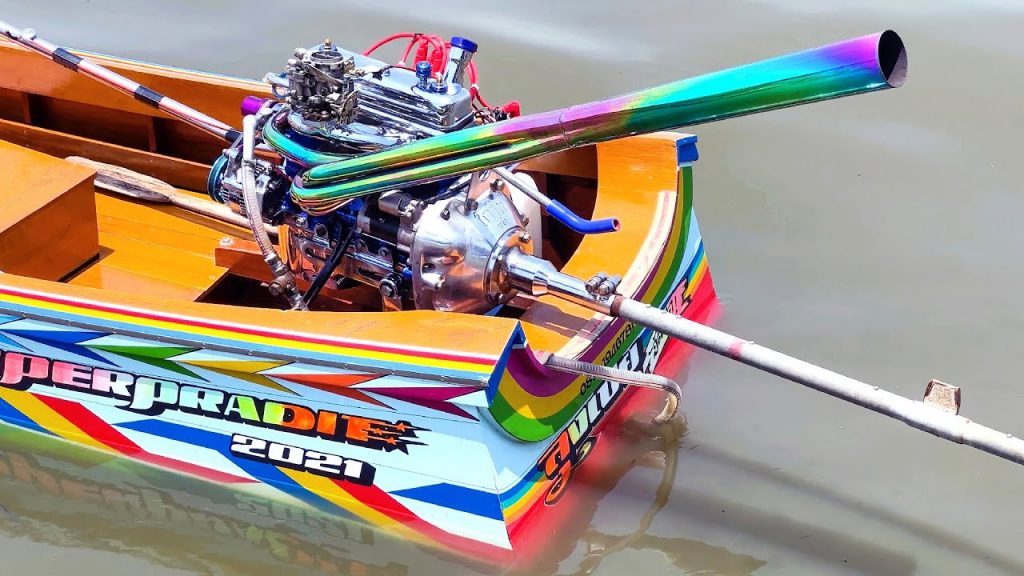
Ensuring the safety and effective operation of long tail turbo boats in Thailand requires meticulous attention to both navigational challenges and the use of safety equipment. Operators must be adept at steering and controlling the boats, especially in the diverse waterways of southern Thailand, such as Krabi and Phuket.
Navigational Challenges
Navigating the waterways of Thailand in a long tail boat presents a unique set of challenges. The operator must maintain control of the boat in a variety of conditions, ranging from calm inlets to unpredictable sea currents. Steering a long tail boat involves significant skill, as the long propeller shaft can affect maneuverability. Effective control is paramount, particularly in areas congested with other boats or swimmers.
Safety Equipment and Precautions
When operating a long tail turbo boat, having the right safety equipment is vital. At a minimum, all passengers should wear life vests to protect against the unpredictable nature of the sea. These vessels should also be equipped with helmets for additional head protection in the event of overhead obstacles or debris.
Inventive methods like equipping boats with easily accessible emergency shut-off systems enhance safety during operation. Additionally, operators must implement regular maintenance checks to ensure that all safety equipment is functional and that the boat is in good condition for traversing the waterways.
Environmental Impact and Sustainability
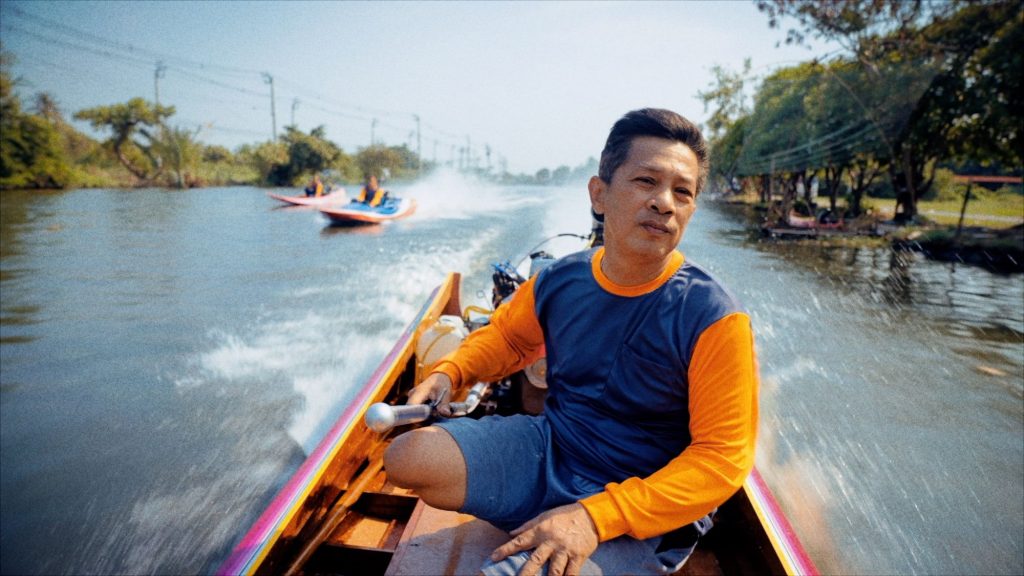
Long-tailed boats are a common sight in Thailand's coastal areas, especially amidst the turquoise waters and limestone karst formations. Their use and production have significant implications for the region's ecology and the adoption of sustainable practices.
Ecological Considerations
The environmental impact of long-tailed boats is a paramount concern. These traditional vessels are integral to navigating the waters of Thailand, but their operation can disrupt local ecosystems. The emissions from gasoline-powered engines contribute to water and air pollution, affecting the delicate balance of marine life surrounding areas such as coral reefs and mangroves. Recent studies have investigated the effects of using alcohol-gasoline fuel blends, showcasing efforts towards less polluting alternatives.
In terms of noise pollution, the distinctive roar of a long-tailed boat's engine can disturb wildlife, both marine and terrestrial. This disturbance can alter behavior patterns of sea creatures, leading to adverse ecological effects over time. It is crucial that both operators and passengers remain cognizant of their impact on the natural habitats that make these excursions so appealing.
Sustainable Practices in Boat Building
A shift towards sustainability in boat building methods is evident among some reputable operators in Thailand. Sustainable practices include the use of eco-friendly materials and renewable resources in the construction and repair of long-tailed boats. By minimizing the use of toxic substances and resorting to more traditional, less harmful building techniques, boat builders are reducing the overall environmental footprint.
In addition, some operators are adopting greener operational habits, such as proper waste disposal, regular engine maintenance to improve fuel efficiency, and even exploring alternative energy solutions like solar panels to power auxiliary systems on board. As a result, there is a growing emphasis on creating a more sustainable future for the iconic long-tailed boats, ensuring they continue to ply the turquoise waters without compromising the integrity of Thailand's coastal ecosystems.
Regional Variations and Adaptations
Long-tail boats are a ubiquitous sight in Thailand's waterways, with regional variations in their design reflecting adaptations to the local environment and marine challenges.
Local Differences in Boat Design
In Southern Thailand, long-tail boats often feature colorful designs with a distinctive prow that is ornately carved and believed to bring good luck. These boats, designed for the shallow coastal waters, typically have a longer and narrower hull to navigate through coral reefs and around the numerous islands dotting the region. Conversely, Northern Thailand, which is landlocked and far from the sea, sees long-tail boats with wider beams and shorter hulls for stability in the faster-moving currents of rivers like the Mekong. These variations cater to the demands of different water bodies, ensuring maneuverability, speed, and safety for both divers and fishermen.
Materials Used:
- Southern Thailand: Lightweight materials for quick navigation in coastal waters.
- Northern Thailand: Robust materials to withstand river currents.
Adaptation to Different Water Bodies
Long-tail boats in Thailand have adapted impressively to the varied aquatic environments. For instance, those crafted for the Mekong River or other inland waterways are constructed to handle the dynamic river currents and occasional rapids. In Laos, similar adaptations have been observed, with boats designed to be versatile enough for both riverine and near-coastal travel. Meanwhile, the adaptation of long-tail propulsion in traditional Javanese fishing boats demonstrates the widespread influence and efficacy of Thai maritime ingenuity in diverse water conditions, from the choppy Mekong to the calmer coastal backwaters. This flexibility in design is crucial for the sustenance of communities that rely on these watercraft for their livelihoods and daily activities.
Key Adaptations:
- Inland Waterways: Reinforced hulls and deeper drafts.
- Coastal Waters: Shallower drafts and trimarans for stability.
Maintenance and Customization
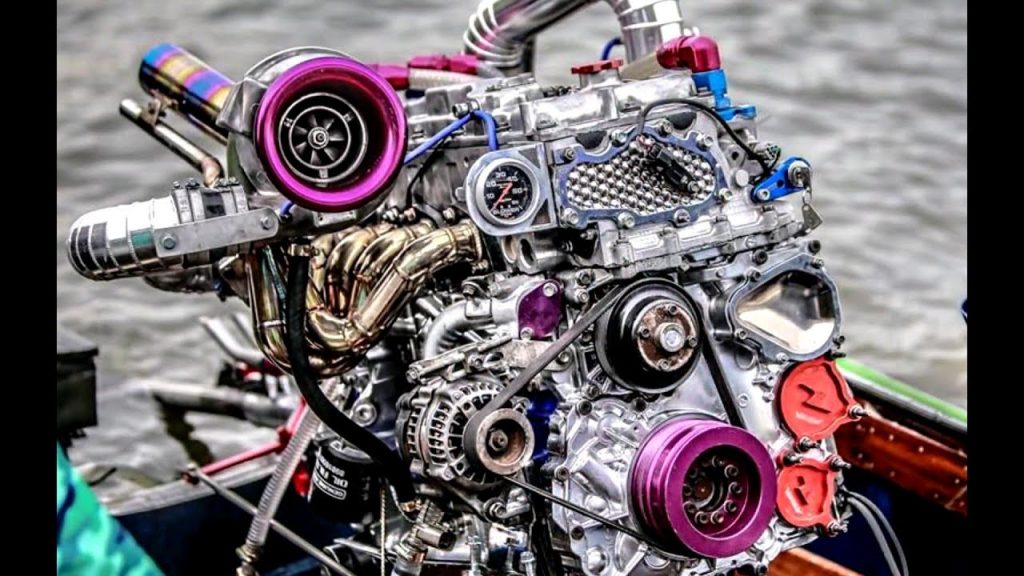
Long tail turbo boats in Thailand require meticulous maintenance and the opportunity for customization to improve performance and durability. These unique boats, often used for transportation and boat racing, feature an exposed driveshaft and propeller that demand regular attention.
Routine Upkeep
Engine Maintenance:
- Check and Lubricate: The engine, the heart of a long tail boat, must be inspected and lubricated regularly to ensure the driveshaft operates smoothly.
- Cooling System: It's crucial to maintain the engine's cooling system due to the tropical climate of Thailand which can cause overheating.
Propeller and Driveshaft:
- Inspection: A thorough inspection of the propeller and driveshaft is required to prevent maritime mishaps.
- Replacement: Worn or damaged parts should be replaced promptly to maintain boat performance and safety.
Weight Considerations:
- Regular checks are essential to ensure that weight distribution remains optimal for the boat's operation, affecting both agility and speed.
Custom Modifications
Engine Upgrades:
- Swapping out the standard engine with a more powerful one from a car can significantly enhance speed, a common practice in boat racing.
Drive Shaft and Propeller Modifications:
- Upgrading to a high-grade stainless steel driveshaft can improve longevity.
- Custom propellers are tailored for specific performance needs, whether it’s speed or maneuverability.
Material Utilization:
- The use of lightweight materials for boat customization is prevalent, improving both speed and fuel efficiency.
Aesthetic Customizations:
- Owners may personalize their boats with aspects that reflect a tuk-tuk's vibrant aesthetic, melding tradition with performance.
Maintaining and customizing these boats require knowledge and experience, aligning with the intricate balance of traditional Thai craftsmanship and modern mechanical engineering.
Operational Techniques and Skills

Long-tail boats in Thailand are a unique type of watercraft that require specific techniques and skills for operation. Mastery of these techniques ensures the safety and efficiency of these boats, which are iconic to the Thai waters.
Expert Handling
Navigating a long-tail boat demands an expert level of handling from the driver. This means understanding the nuanced balance between the boat's speed and its maneuverability. Skilled operators sit at the helm, strategically moving their weight to counterbalance the long-tail during sharp turns. Steering requires precise movements, as the long tail is directly connected to the boat's propeller. Successful maneuvering hinges on the pilot's ability to read the water and anticipate how the boat will react.
Innovative Long-Tail Boat Driving
Long-tail boat drivers in Thailand have pioneered innovative driving methods to adapt to the dynamic water conditions. Techniques such as the slingshot maneuver allow drivers to quickly accelerate while maintaining stability. They don protective helmets and, at times, wet suits, which is a testament to the challenging conditions they often face. The knowledge and innovation in driving these boats are not unlike the skills a kayaker must employ to navigate rapids, where understanding of water currents and vessel balance are crucial.
Long-tail boat operation is not merely a means of transport; it is a skill refined by the Thai people, highlighting the intersection of tradition and technical prowess on their waters.
Long-Tail Boating as Recreation and Sport
Long-tail boats have become synonymous with Thailand’s coastal lifestyle, offering both leisurely experiences and exhilarating sporting events that highlight the nation's rich boating culture.
Casual and Recreational Use
Long-tail boats are a traditional watercraft deeply ingrained in Thai culture. These boats are often used for casual and recreational use, catering to both locals and tourists. They are the preferred means of transportation across the water for island hopping and sightseeing. Passengers are afforded stunning views as they travel between the picturesque isles, and it's common to find them equipped with sunscreen and sunglasses to enjoy the journey comfortably.
- Activities Include:
- Leisure cruises: Explore coastal areas and revel in the tranquility.
- Cultural exploration: Visit important sites like the shrine for the Goddess of Boats.
- James Bond Island tours: Made famous by the movie 'The Man with the Golden Gun'.
Competitive Sporting Events
In contrast to their use for leisure, long-tail boats also partake in competitive sporting events. Boat racing is a popular sport that showcases the skill and expert craftsmanship of these traditional craft. Events are characterized by the roar of engines, a signature of moto racing, as teams compete at high speeds on the water. These races are not only a sport but also a celebration of local customs and boat-building techniques.
- Key Aspects of Racing Events:
- Speed and agility: Demonstrating the prowess of modern modifications on traditional designs.
- Teamwork: Crews work in unison, reflecting the community spirit of the sport.
- Cultural significance: Races often coincide with festivals, adding to their importance.
Frequently Asked Questions

Longtail turbo boats in Thailand are a subject of much fascination and intrigue, particularly due to their unique design and use in traditional boat racing. This FAQ section addresses some of the most common queries related to these boats.
What are the common types of racing boats used in Thailand?
In Thailand, racing boats range from traditional longtail boats to more modern hydroplanes and catamarans. Longtail boats, with their characteristic elongated propeller shafts, remain popular for their agility and speed in local races.
What is the typical cost of a long tail boat in Thailand?
The cost of a long tail boat in Thailand varies widely based on its size, materials, and craftsmanship. Prices can range from a few thousand Thai Baht for basic models to several hundred thousand Baht for custom-built, racing-optimized boats.
How do the speeds of longtail boats compare in Thai boat racing?
Longtail boats are competitive in speed within their class, with racing versions capable of reaching high velocities due to their powerful engines and lightweight construction, enabling them to perform exceptionally in the fast currents of Thai waterways.
Why are long propeller shafts characteristic of Thai long tail boats?
Long propeller shafts are characteristic of Thai long tail boats because they allow navigators to control the boat's depth and maneuverability in shallow and variable water conditions commonly found in Thailand's rivers and canals.
How is a long tail boat motor kit utilized for boat racing in Thailand?
A long tail boat motor kit typically contains a modified engine, a lengthy propeller shaft, and a specialized tail section. These kits are designed to enhance speed and stability, making the boat suitable for the competitive nature of Thai boat racing.
Can you describe the nature of boat racing in the Cobra Canal of Bangkok?
Boat racing in the Cobra Canal of Bangkok is an exhilarating event, showcasing high-speed longtail boats skillfully piloted through narrow waterways. It presents a blend of cultural tradition and modern-day boat racing techniques, drawing both local and international spectators.
Charlie is Editor-in-Chief of Sea Magazine





